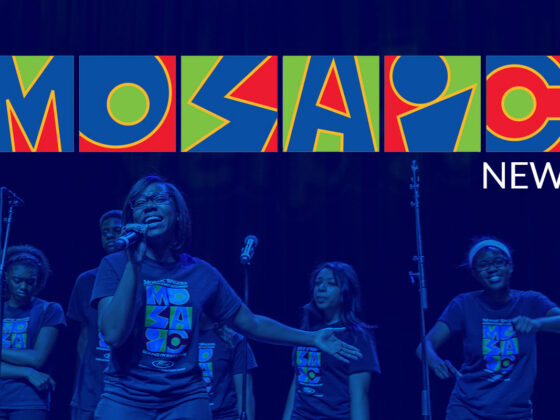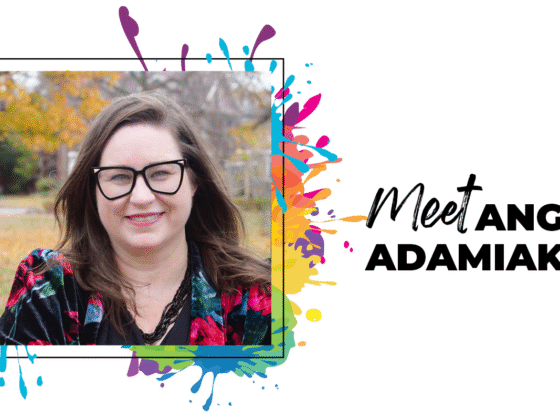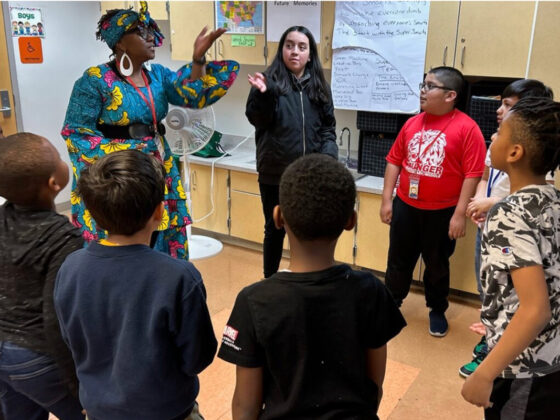 Everyone remembers the handkerchief in Othello and it’s hard to picture Linus without that blanket. Props can add a lot to creating the world of the story that gets told on stage. Check out what Michelle LeRoy, props designer, for Alice & the New Wonderful, had to say about creating the props for the show.
Everyone remembers the handkerchief in Othello and it’s hard to picture Linus without that blanket. Props can add a lot to creating the world of the story that gets told on stage. Check out what Michelle LeRoy, props designer, for Alice & the New Wonderful, had to say about creating the props for the show.
Q: How did you approach designing the props for “Alice & the New Wonderful” in order to bring both the fantastical world of Wonderland and the real world to life on stage?
A: For me reading through the script a couple of times, seeing the inspiration from the director, and then meeting with all the other designers helps to inspire the direction. Once I knew the aesthetic of the Heights vs the Barrens (real world vs “Wonderland”) informed the choices of color and design. For me, everything, even the slightly fantastical stuff, was still grounded in reality.
Q: Can you talk about any specific props that you’re particularly proud of creating for the production and what role they play in the story of the play?
A: I’m particularly proud of the student’s desks. I don’t want to say too much and give away anything. It was one of those moments where knowing the director wanted some wow moments and getting a note about having a ballpark-esque vendor tray for desks. I just combined the two. I’m also particularly proud of the detailing work Livia, the young technician assigned to props, created on many of the pieces. So look out for things like the Watermelon, detailing on the painter’s backpacks, and the radish salad to name a few.
Q: How did you work with the actors and other members of the production team to ensure that the props were used effectively in conveying the two worlds of Alice?
A: For one there is a lot of cross-over between set, costumes, and props. For example, while the bed is a set piece the bedding was something I worked with the Set Designer on. The mannequins in Maddie’s shop were a total collaboration with the costume designer to make the shop and the costumes cohesive. I also took color inspiration from the projection design. I also sought out inspiration from the young technicians. This show is their world and their voice is invaluable. Props designing has to be collaborative to make it cohesive.
Q: What advice would you give to young people who are interested in pursuing a career in props design, and how did you get started in this field yourself?
A: I have designed props off and on during my career. Most of my 23 years have been as a Stage Manager. It was college that exposed me to all the different aspects of design, directing, performing, and stage managing. For me, that’s what led to my success as a stage manager and my ability to design props. For those that are interested in pursuing props as a career, I would tell them to start making. Maybe make an accessory for a Halloween costume or a decoration for your room, think about the world you want it to live in, who is using it, what would you make it out of, and how would you make it. Continue to learn everything from crafting skills, how to build and use tools, collaborative skills, finding how-to’s on YouTube, taking design classes, learning about new materials, learning about new technology, finding ways of working with props designers at local theatres, learn how to design for other departments of theatre/film, find mentors, and make your own way.




